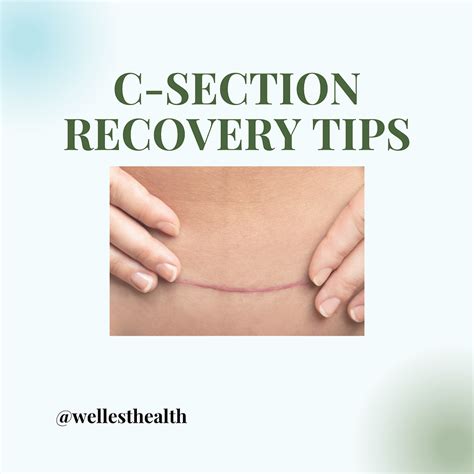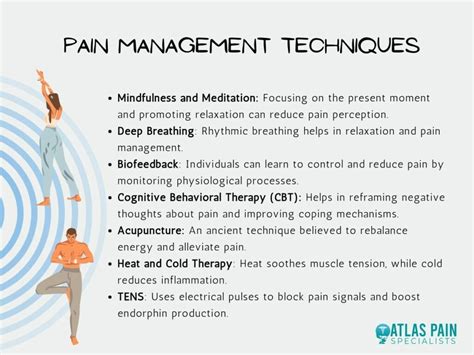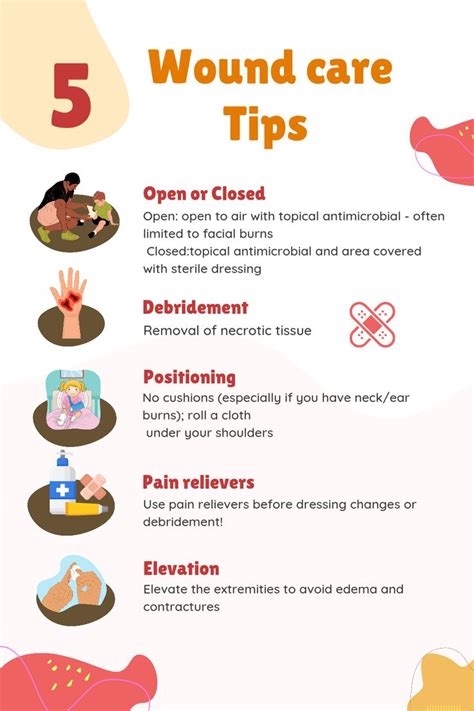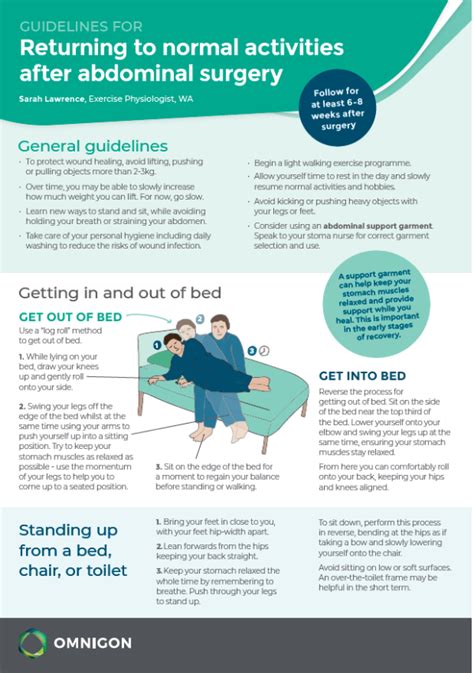Intro
Discover 7 essential C-section recovery tips for a smooth postpartum healing process, including pain management, scar care, and emotional well-being, to ensure a healthy and speedy recovery after cesarean delivery.
Having a cesarean section, commonly referred to as a C-section, is a significant surgical procedure that requires careful recovery to ensure the health and well-being of both the mother and the baby. The recovery process can be challenging, both physically and emotionally, but with the right guidance and support, it can be managed effectively. Understanding the importance of proper recovery techniques is crucial for new mothers to regain their strength, bond with their baby, and minimize the risk of complications. In this article, we will delve into the world of C-section recovery, exploring the best practices, tips, and advice for a smooth and healthy recovery.
The journey to recovery begins immediately after the surgery, with the initial days being the most critical. It's essential for new mothers to be aware of the physical and emotional changes they will experience during this period. From managing pain and discomfort to navigating the challenges of caring for a newborn, the post-C-section period can be overwhelming. However, with the right mindset, support system, and knowledge, mothers can overcome these challenges and embark on a journey of healing and growth. As we explore the topic of C-section recovery, we will discuss the most effective strategies for managing pain, promoting healing, and ensuring a strong bond between mother and baby.
C-section recovery is not just about the physical aspect; it's also about emotional well-being. The experience of having a C-section can be traumatic for some women, leading to feelings of guilt, shame, or disappointment. It's crucial for mothers to acknowledge these emotions and seek support from loved ones, healthcare providers, or support groups. By addressing both the physical and emotional aspects of recovery, mothers can ensure a holistic healing process that prepares them for the challenges and joys of motherhood. In the following sections, we will provide detailed guidance on the best practices for C-section recovery, including tips on pain management, wound care, and emotional well-being.
C-Section Recovery Overview

Physical Recovery
Physical recovery from a C-section involves managing pain, promoting wound healing, and regaining strength. Mothers can expect to experience some level of pain and discomfort, which can be managed with medication and other pain relief techniques. It's essential to follow the healthcare provider's instructions on wound care, including keeping the incision site clean and dry. Engaging in gentle exercises, such as deep breathing and pelvic tilts, can help promote healing and reduce the risk of complications. As the body heals, mothers can gradually increase their physical activity, including walking and stretching.Pain Management Strategies

Emotional Well-being
Emotional well-being is a critical aspect of C-section recovery. Mothers can experience a range of emotions, from guilt and shame to anxiety and depression. It's essential to acknowledge these emotions and seek support from loved ones, healthcare providers, or support groups. Engaging in activities that promote relaxation and stress reduction, such as yoga or meditation, can help mothers manage their emotions and promote emotional well-being. Building a support network, including family, friends, and other mothers, can provide a sense of community and connection, which is essential for emotional healing.Wound Care and Healing

Nutrition and Hydration
Nutrition and hydration are critical aspects of C-section recovery. Mothers should focus on consuming a balanced diet that includes plenty of fruits, vegetables, whole grains, and lean protein sources. Staying hydrated is also essential, with mothers aiming to drink at least eight glasses of water per day. Avoiding heavy or greasy foods can help reduce discomfort and promote healing. Some effective nutrition and hydration strategies include: * Consuming a balanced diet that includes plenty of fruits, vegetables, whole grains, and lean protein sources * Staying hydrated by drinking at least eight glasses of water per day * Avoiding heavy or greasy foods * Engaging in activities that promote digestion, such as walking and stretchingReturning to Normal Activities

Seeking Support
Seeking support is a critical aspect of C-section recovery. Mothers can experience a range of emotions, from guilt and shame to anxiety and depression. It's essential to acknowledge these emotions and seek support from loved ones, healthcare providers, or support groups. Building a support network, including family, friends, and other mothers, can provide a sense of community and connection, which is essential for emotional healing. Some effective support strategies include: * Seeking support from loved ones and healthcare providers * Building a support network, including family, friends, and other mothers * Engaging in activities that promote relaxation and stress reduction, such as yoga or meditation * Prioritizing self-care and self-compassionConclusion and Next Steps

We invite you to share your experiences and tips for C-section recovery in the comments below. Your insights and advice can help other mothers navigate this challenging but rewarding journey. Don't forget to share this article with your friends and family, and consider joining a support group or online community to connect with other mothers who have undergone C-sections.
What are the most common complications of C-section recovery?
+The most common complications of C-section recovery include infection, bleeding, and reactions to anesthesia. Mothers should monitor their incision site for signs of infection, such as redness, swelling, or discharge, and seek medical attention if any concerns arise.
How long does it take to recover from a C-section?
+The recovery time for a C-section can vary, but most mothers can expect to take 6-8 weeks to fully recover. During this time, it's essential to prioritize rest, nutrition, and hydration to promote healing and reduce the risk of complications.
Can I breastfeed after a C-section?
+Yes, breastfeeding is possible after a C-section. In fact, breastfeeding can help promote healing and reduce the risk of complications. Mothers should seek support from a lactation consultant or healthcare provider to ensure a successful breastfeeding experience.
